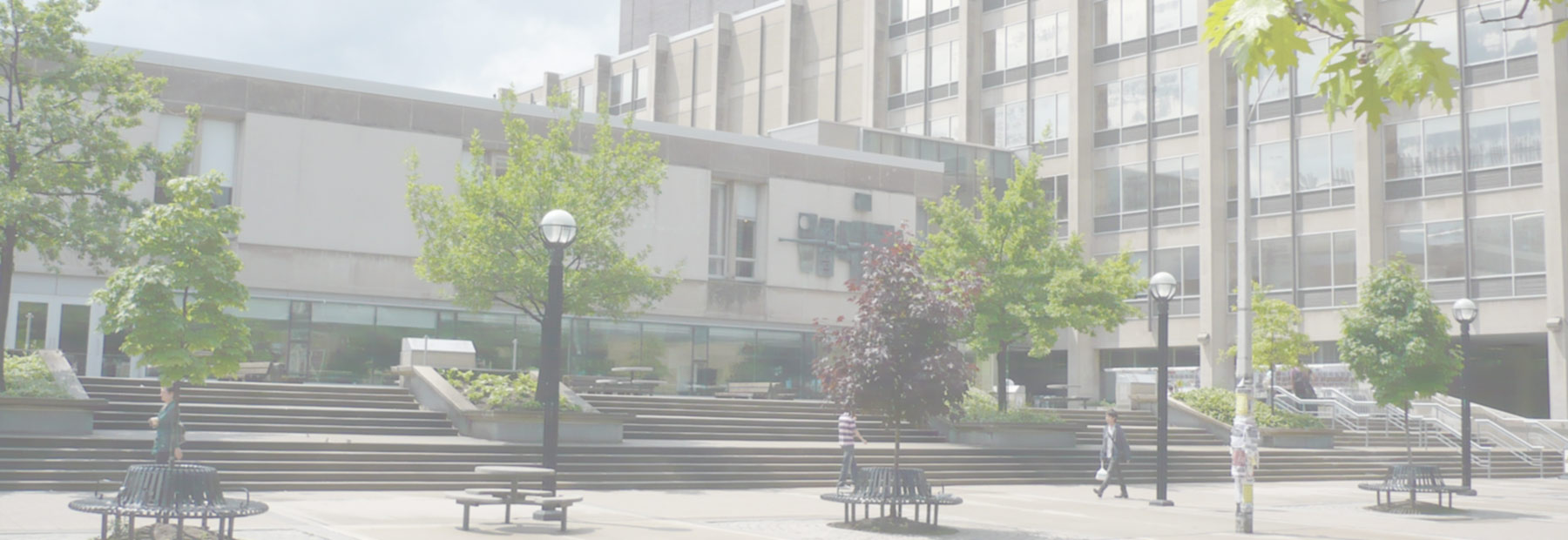Our faculty continue winning prestigious accolades and publishing field-changing scholarship.
Professor Carl Knappett’s research was recognized with a 2024 Guggenheim Fellowship, one of academia’s most distinguished honours. His project examines the physical and metaphysical dimensions of containment in both historical and contemporary contexts. From ancient vessels to modern architectural forms, he is exploring how containers influence not only our material world but also our concepts of boundaries, protection, and identity. “This fellowship will provide the space and resources to explore how containers have shaped human history—and how they continue to influence contemporary life in often overlooked ways,” Knappett says.
Associate Professor Heba Mostafa’s book Architecture of Anxiety: Body Politics and the Formation of Islamic Architecture was published by Brill in 2024. It presents a counternarrative to the standard histories of Islamic architecture, structuring its argument around five pivotal moments of historical violence and political tension surrounding the formation of the Islamic state (c. 632–705). Mostafa reexamines iconic structures like the Qubbat al-Khadraʾ in Kufa and the Dome of the Rock in Jerusalem, suggesting that these architectural forms served as crucial sites where anxieties about political identity and eschatology converged. Through this lens, she offers fresh perspectives on how architecture not only reflected but also shaped the early Islamic world.
Professor Ethan Matt Kavaler’s Actors Carved and Cast: Netherlandish Sculpture of the Sixteenth Century (Penn State University Press, 2024) sheds new light on sixteenth-century Netherlandish sculpture. Kavaler argues that during this period, sculpture was far more highly regarded than painting. His book explores how Netherlandish sculptors influenced artistic production across Europe, from tombs and altarpieces to collectibles in boxwood and alabaster. Kavaler’s work not only offers insights into the history of sculpture but also reinterprets its role in the political and cultural dynamics of northern Europe and the relationships between histories of sculpture and Protestant iconoclasm.


